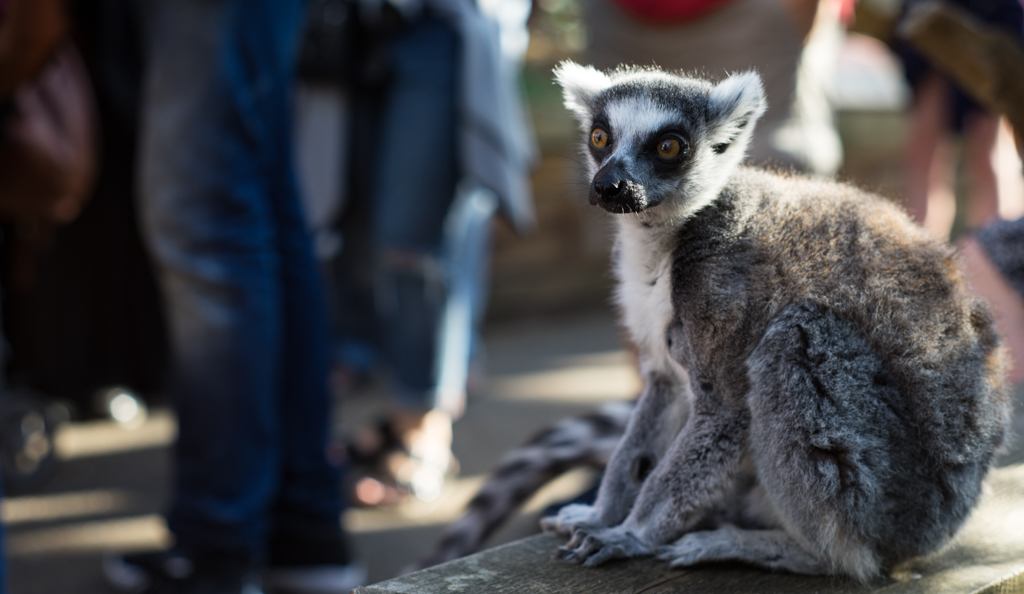Animals in captivity
23rd September 2016

Whether animals should be kept away from the wild, in cages, in captivity, has been a hot topic of debate, polarising opinions and dividing animal loving communities. The image of animals behind bars conjures up images of suffering and mistreatment. Ideas that we are ethically predisposed to think of negatively. Through association we place any situation with animals behind bars, kept in a cage, as negative and awful. However is this captivity as negative as we are led to believe by one side of the community or is it the ark or beacon of hope that others believe it to be?
Zoological museums have been around since the ancient times, the times of the Egyptians and the greeks, but the modern zoo as we know it today is credited to Regent’s Park Zoo in London in 1820s, initially with a purely scientific purpose it was soon used within the urban development of the area for the public’s consumption. The zoo was unique in that instead of all exhibits being viewed from a single vantage point but utilised the grounds to provide multiple different surroundings for the animals and let the public walk around the outside of the enclosures instead if viewed from afar.
Within captivity, there are many aspects that are beneficial for the animals involved, aspects that as humans we consider vital for survival or even a luxury in today’s world. Shelter. Plentiful food and water. Free healthcare. Safety. Removal of predation and parasitism. Even plentiful entertainment and stimulation, especially in the better zoos. This has led to animals in captivity living a lot longer than in the wild. This is because the wild cannot assure these facilities most days, with each day often being a struggle for survival. This is combined with the destruction of habitats through humanities greed and industry and the effects of climate change upon the ranges of animals have led to many species becoming endangered.
Zoos and conservation projects have aimed to aid and protect endangered species, whilst at the same time helping to educate the public. The education and exposure act as motivational tools to help protect these animals through donations and volunteering. Zoos often have breeding programmes for endangered species, aiding in repopulating areas the animals’ original habitat. By bringing people and animals together, zoos educate the public and foster an appreciation of the animals. This exposure and education motivate people to protect the animals. Witnessing certain species is often much more powerful than through documentaries creating memorable and personal experiences that can lead to active involvement in conservation.
Some zoos have been criticised for ill-treatment or causing suffering, however, the zoos have a regulatory body, that provides accreditation for reputable zoos from the Association of Zoos and Aquariums, if they can uphold high standards for treatment of its animals.
What right does humanity have to capture, confine and breed other animals? Some question why humans intervene in the natural world from an animal rights perspective stating that if the animal is endangered it does not have fewer rights. Within captivity, animals can suffer from stress and boredom, and the bonds between parent and offspring are quickly broken when the animals are moved to different zoos to benefit other breeding programmes.

The breeding programmes are often criticised as there are often large incentives for producing baby animals for attractions and increased visitor numbers instead of breeding in aid of conservation. This incentive can lead to overpopulation with some zoos culling surplus animals if they cannot transfer them to another zoo. The captive breeding programmes rarely release animals back into the wild, leading to the animals and their offspring remain constantly within the zoo system, and not benefitting wild populations. Thus removing the individuals from the wild in the first place reducing genetic diversity within the wild population, potentially leading to inbreeding depression and other genetic problems.
Some believe that zoos do not teach the children much except that imprisonment of animals for entertainment is right. Despite this, the motivational and conservation education in zoos is often argued as a large benefit of the zoological system.
The welfare of the animals does vary from zoo to zoo, with the disciplinary bodies that regulate zoos only providing minimum standards for zoos to reach. Often these are surprising small such as “sufficient space to allow each animal to make normal posture and social adjustments with adequate freedom of movement”.
Each side is valid with multiple zoos being highly praised within the scientific and conservation community whilst others are unregulated and often result in animal cruelty and mishandling. Each side of the story believes the other is wrong or does not apply, with the vision of each other’s viewpoint clouded in prejudices and stereotypes. However, the likelihood of zoos stopping is unlikely but the standards can be improved for the animals welfare as well as the conservation and education work that takes place within them.